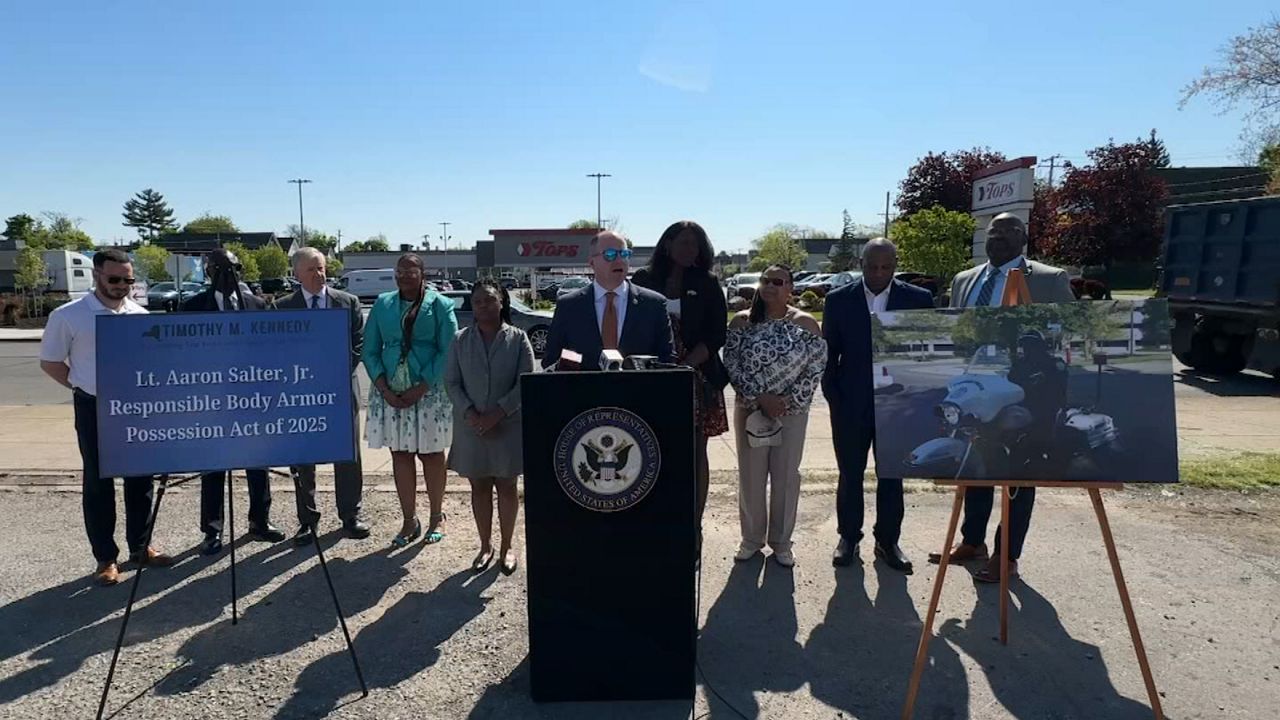BUFFALO, N.Y. — The New York State Department of Environmental Conservation and federal Environmental Protection Agency began a survey last week in Niagara and Erie counties to identify radioactive material.
Environmental attorney Tom Tuori said similar aerial flyovers three decades ago turned up dozens of sites.
"My understanding is their technology is more sensitive now so they're likely going to find a lot more sites; hundreds, maybe thousands," Tuori, from Harter Secrest and Emery, said.
The agencies said Western New York was a hub for the manufacturing of atomic weapon components during World War II. Tuori said companies that flocked to Niagara Falls for the cheap energy created radioactive slag waste that was often used underneath pavement, including driveways and parking lots.
"Sometimes in building foundations, sometimes just as general fill to build up the property, but very often as a substitute for gravel,” Tuori said. “Wherever you'd use gravel they'd use this stuff because it was cheaper.”
The survey will last for about a month. The attorney said the agencies will then likely follow up with street level readings before eventually asking to take samples on private properties.
The next step will be a remediation plan.
"It's going to be an issue because there's going to be so many sites and it's so costly," he said. "I don't think the agencies have a clear idea yet on what they're going to do."
Tuori believes the total cost of cleanup could be in the millions or even billions. He said the agencies don't typically force private owners to pay.
Depending on the contamination levels, he said the materials could potentially be managed instead of removed, lawmakers could create a fund or there could be a legal avenue.
"We know from our research, the generators of a lot of this type of waste, most of them have successors that are still around,” Tuori said. “So in theory, you could go after the generators if you can identify the generator tied to any given site.”
Tuori believes it will be at least a year before the agencies finish all their sampling. The DEC, EPA and state Department of Health say they will continue to keep the community informed as the evaluation progresses.









